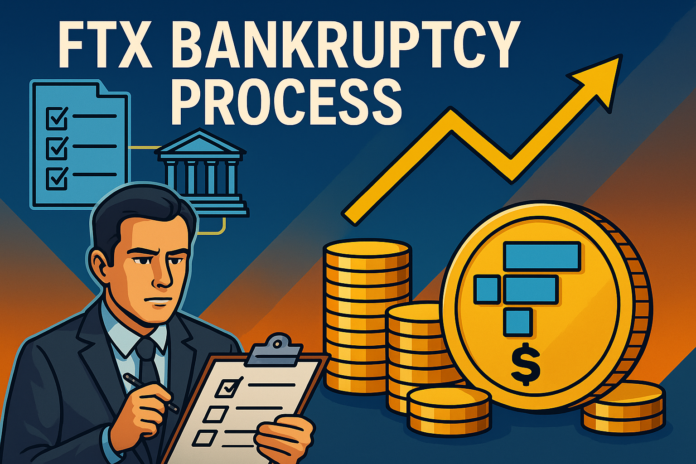On May 30, 2025, FTX is poised to embark on a significant milestone in its bankruptcy proceedings by distributing over $5 billion to its creditors. This massive disbursement marks the second round of payments under the company’s Chapter 11 reorganization plan, following an initial $1.2 billion payout in February. The upcoming distribution is more than four times larger than the first, underscoring the complex logistical and legal challenges involved in managing thousands of creditor claims across multiple jurisdictions. The process requires intricate coordination between trustees, legal teams, and regulators, highlighting the critical importance of transparent and efficient systems for tracking and validating claims.
Overview of the FTX Bankruptcy Process
FTX’s bankruptcy journey began in November 2022, when the once-prominent cryptocurrency exchange filed for Chapter 11 protection. Since then, the company has been navigating a complex web of legal and financial challenges, including managing creditor claims and negotiating with regulatory bodies. The reorganization plan aims to provide a structured framework for repaying creditors, while also addressing the broader implications of the exchange’s collapse on the cryptocurrency market.
The distribution of funds is set to begin on May 30, with eligible creditors expected to receive their payments through designated service providers, BitGo and Kraken, within one to three business days. This process is part of a broader effort to make creditors whole, leveraging the exchange’s assets and investments in startups like Anthropic and tokens such as Solana.
Logistical Challenges and Legal Considerations
The logistical challenges in managing such large-scale financial recoveries are multifaceted. They involve not only the disbursement of funds but also the verification of creditor claims, ensuring that all payments are made in accordance with legal requirements. This requires a high degree of transparency and efficiency in the tracking and validation of claims, which is crucial for maintaining the trust of creditors and regulatory bodies.
Additionally, the legal framework under which these distributions are made is stringent. The Chapter 11 plan must be approved by the court and must adhere to all applicable laws and regulations. This involves navigating complex legal jurisdictions and ensuring compliance with international financial standards.
Impact on the Cryptocurrency Market
The FTX payouts could have a significant impact on the cryptocurrency market. Many former customers and traders have criticized the reorganization plan for valuing claims at the time of the bankruptcy, which coincided with a market low. However, the injection of funds back into the market could potentially boost token prices if traders choose to reinvest their recovered assets. This could lead to a positive cycle of investment and growth within the cryptocurrency sector.
Lessons for Future Restructurings
The FTX case offers valuable lessons for future financial restructurings. It highlights the importance of maintaining transparency throughout the process, ensuring that all stakeholders are informed and engaged. Efficient systems for tracking and validating claims are critical to preventing disputes and ensuring timely distributions. Furthermore, the FTX experience underscores the need for robust legal frameworks that can handle the complexities of cross-border financial restructurings.
One of the key takeaways from the FTX situation is the importance of proactive communication with creditors and stakeholders. By maintaining open lines of communication, companies undergoing restructuring can build trust and reduce uncertainty, which is crucial for navigating complex financial situations.
Conclusion
As FTX prepares to distribute over $5 billion to creditors, it marks a significant step forward in the company’s journey towards recovery. The process underscores the complexities and challenges inherent in large-scale financial restructurings. Moving forward, the lessons learned from FTX’s bankruptcy will be invaluable in shaping more effective strategies for managing similar situations in the future. The ability to efficiently manage creditor claims and maintain transparency will be crucial for any company navigating financial restructuring, especially in the highly regulated and volatile cryptocurrency sector.
















